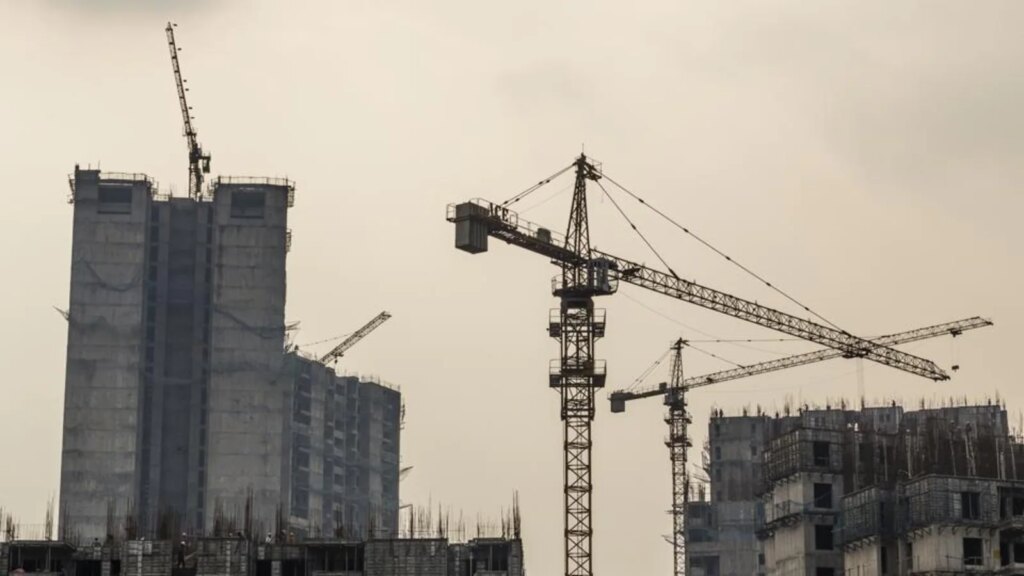HARD COSTS IN CONSTRUCTION- ALL YOU NEED TO KNOW
Cost is of different types and categorization, and every industry has a different name given to a particular cost. Although some cost more or less remains the same and it is generally considered to be of the same nature within all sectors and industries. However, in real estate, when we talk about construction companies or developers, there is a specific name given to costs, which is a hard cost and soft cost.
Hard Cost is those kinds of cost, which is directly related to the construction of a project in the real estate industry. Cost like raw material, direct labor, which is resulting in the construction of a building and is increasing the percentage of completion of a project comes under hard cost.
Hard costs in construction cost estimation are the costs of physical construction elements like foundations, superstructure, interior finishes, laborers, equipment, etc. They are the tangible costs in a construction project that are relatively easy to estimate.
The common costs that fall under hard costs are:
- Cost of building structure: This includes the cost associated with the structure, i.e., cost of material and labor.
- Cost at the site: This includes utilities like aerial, drains, water systems, fire, paving, grading, piping, etc.
- Cost of landscaping: The cost of grass, lawns, trees, shrubs, fertilizers, and material used for the landscaping works is included under hard costs.
- Contingency cost: It is a reserved amount estimated to tackle unforeseen conditions and related expenses. It is taken as 5 to 10% of the total cost for new projects and 10 to 20% for remodeling projects.
Hard Costs in Construction Examples
Hard costs are building materials associated with the actual building of your construction project. These can include:
- Any Material for the Construction Project: This includes wood, steel, glue, siding, roofing, nails, screws and so on. They can also be labor costs for your team and the contractors you hired on the construction site.
- The Building Site:This includes utilities, cement, life safety systems, equipment, paving, grading and heating, ventilation and air conditioning (HVAC) systems.
- Landscaping Costs:This includes the price of planting trees and grass, adding mulch to the site, flowers, bushes, etc. Site improvements are also included, such as walkways, gazebos, permanent or fixed benches and other outdoor furnishings.
- The Interior:These hard costs include wallpaper, paint, trim, flooring, etc. Life safety systems fall under this umbrella, too, such as fire alarm and sprinkler systems, fire escapes and other related systems.
- LEED Certification for Commercial Real Estate Projects:As sustainable buildings become more in demand, you may need to acquire a LEED certification. There are governmental incentives, such as loans, grants, tax, credits and fee waivers for adhering to green building practices.

